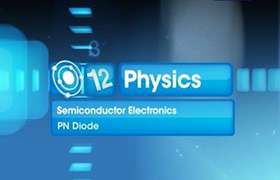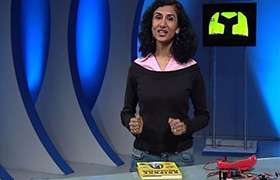CBSE Class 12-science Answered
Why can't we physically join p-type and n-type semiconductors directly to form a p-n junction? Why the depletion layer widens on doing so?
Asked by Aswin | 14 Jan, 2016, 05:21: PM
A pn junction works if there is a continuous structure when joined.
If we physically join the two semiconductors, then there will always be very small microscopic gap or dicontinuity between the two because of roughness.
A p-type semiconductor has holes as majority carriers and the n-type semiconductor has electrons as majority. When a pn junction is formed, the holes from p and electrons from n move to the other type and hence, the width of the depletion layer widens.
Answered by Romal Bhansali | 15 Jan, 2016, 12:07: PM
Concept Videos
CBSE 12-science - Physics
Asked by kabirnarwal0 | 13 Jan, 2024, 01:49: PM
CBSE 12-science - Physics
Asked by jagadeviteli1983 | 06 Sep, 2020, 10:27: AM
CBSE 12-science - Physics
Asked by kajalkumari2k15 | 30 Nov, 2019, 11:14: AM
CBSE 12-science - Physics
Asked by Topperlearning User | 18 Jun, 2014, 10:42: AM
CBSE 12-science - Physics
Asked by Topperlearning User | 18 Jun, 2014, 10:48: AM
CBSE 12-science - Physics
Asked by Topperlearning User | 18 Jun, 2014, 10:52: AM
CBSE 12-science - Physics
Asked by Topperlearning User | 18 Jun, 2014, 11:05: AM
CBSE 12-science - Physics
Asked by Topperlearning User | 18 Jun, 2014, 11:15: AM
CBSE 12-science - Physics
Asked by Topperlearning User | 18 Jun, 2014, 11:21: AM
CBSE 12-science - Physics
Asked by Topperlearning User | 04 Jun, 2014, 01:23: PM




